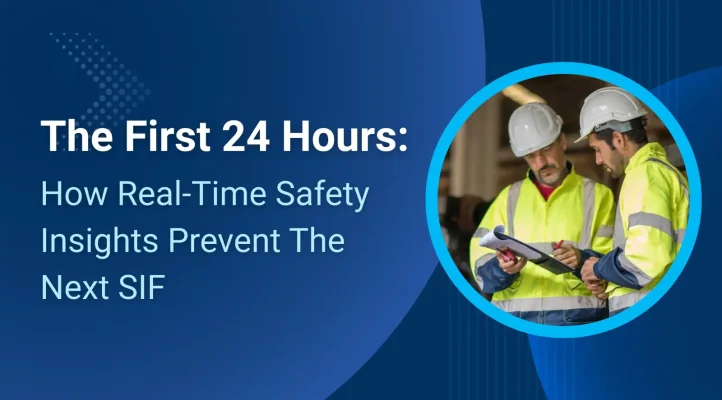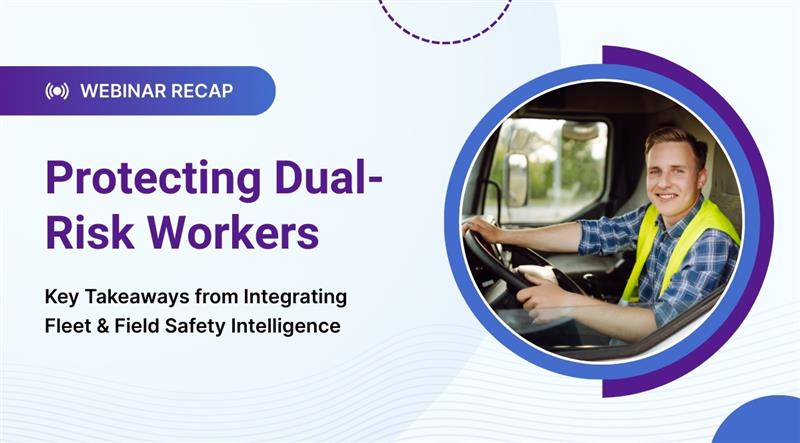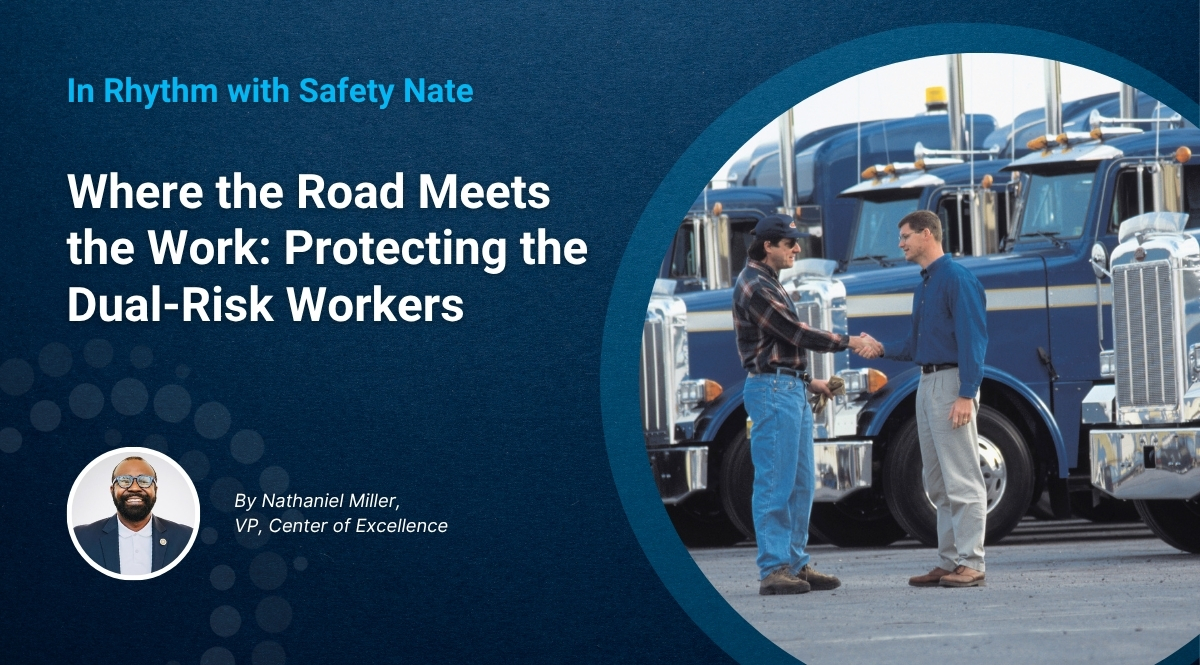The First 24 Hours: How Real-Time Safety Insights Prevent the Next SIF

Why Timing Matters
The hours after a serious near-miss or incident aren’t just critical, they’re defining. Within 24 hours, your team either moves toward control, accountability, and prevention – or slips back into lagging indicators, fragmented reviews, and reactive firefighting. When it comes to Serious Injuries and Fatalities (SIFs), this time window matters even more. According to a review of over 55,000 incidents, many SIFs are preceded by clear warning signs, but organizations fail to respond in time due to system delays, disconnected tools, or slow escalation paths. [1]
Below we break down how real-time safety insights in the first 24 hours make the difference between what could have been and what should never happen again.[1]

The SIF Time Trap: Lagging Indicators Cost Lives
Many companies still depend on weekly reports, post-incident paperwork, or manual reviews to spot safety risks but by the time those trends show up on a dashboard, it’s already too late. Research shows that SIFs typically bypass traditional safety controls, because the warning signs like repeated unsafe behavior, unclosed inspection items, or late-stage near misses – go unrecognized or unactioned in real time.[2]
Even more concerning? The first hours after a potential SIF are often spent chasing data instead of acting on it.
What Real-Time Response Looks Like
In a modern risk management environment, real-time safety insights must go beyond static reports and delayed incident reviews. They should be location-aware, clearly tied to the site, shift, and environmental conditions where the risk occurred. They also need to be behavior-aware factoring in a worker’s training record, past violations, and overall exposure to paint the full picture. Just as important, these insights should be ranked by severity, not simply by how often they occur, so the most critical risks get attention first. And instead of getting lost in endless email chains, serious safety alerts should go straight to the right teams, whether that’s EHS, Operations, HR, or Legal.
These capabilities are the foundation of a high-functioning safety program, but achieving them is nearly impossible without integrated, intelligent tools that unify data and streamline action.[3]
How Rhythm Delivers in the First 24 Hours
The Rhythm Worker Risk Command Center™ is purpose-built to surface SIF precursors, enable faster intervention, and close the loop before it’s too late. Here’s how:
Live Risk Scoring
Rhythm continuously evaluates exposure levels by analyzing factors such as high-risk tasks, individual worker behavior, site-specific hazards, and incomplete safety actions. When the platform detects a pattern indicative of a potential SIF (pSIF) event, it automatically flags and elevates the issue enabling teams to intervene before the incident occurs.[4]
Real-Time Alerts & Smart Escalation
Role-based notifications are triggered the moment a serious exposure, violation, or risk pattern emerges bringing in frontline supervisors, EHS leaders, and even HR or Legal within minutes, not after a report is filed, but while the issue still matters.
Integrated Visibility Across Teams
Safety can’t work in silos – that’s why Rhythm brings together insights from Operations, EHS, HR, and Compliance so nothing slips through the cracks. Each team gets its own tailored dashboards, audit trails, and resolution workflows, with every action tracked to closure for full accountability and alignment[4]
First 24-Hour Accountability
Every safety critical action – from coaching and reassignments to training refreshers is tracked with timestamps, documentation, and clear ownership, ensuring organizations don’t just respond quickly, but learn and adapt quickly too.
Imagine this: a site supervisor logs a near-miss involving a technician bypassing a lockout-tagout (LOTO) procedure during maintenance on a high-voltage panel. The report gets submitted but it’s buried in a backlog of safety forms awaiting review. The EHS team doesn’t see it for several days. Operations, unaware of the event, continues assigning the same worker to critical tasks. HR has no visibility into the incident and doesn’t schedule any retraining. Legal and Risk never receive the data they’d need to flag the site as a high-risk area. Two weeks later, another technician performs maintenance on the same panel – again without proper LOTO protocol. This time, it results in a serious incident.
The signs were there. The documentation existed. But without a real-time system to flag risk, route alerts, and drive action across teams, the opportunity to prevent a potentially fatal event was lost. This is exactly what happens when safety data lives in silos and why the first 24 hours after a near-miss are critical to stopping the next SIF.
Why Speed Matters: Real-Time Action Reduces SIF Exposure
In organizations using real-time safety platforms like Rhythm, the impact is measurable. One manufacturing client, for example, reduced its SIF exposure rate by 30% in under 90 days – not by collecting more data, but by acting on the right data, at the right time.
That improvement didn’t come from hindsight. It came from foresight. The first 24 hours after a near miss or safety event determine whether your organization moves toward systemic prevention or continues to operate in reactive mode. In the case of SIFs, every hour of delay increases the chance that the next one isn’t a warning – it’s a headline.
References
- ISN. (2021). Serious Injury and Fatality (SIF) Insights Whitepaper. The Campbell Institute.
- Campbell Institute. (2020). Designing Strategy for Serious Injury and Fatality Prevention.
- CORESafety. (2012). SIF Exposure Potential Whitepaper.
- Rhythm Innovations. How Analytics is Uncovering Potential SIF Before It Happens.




